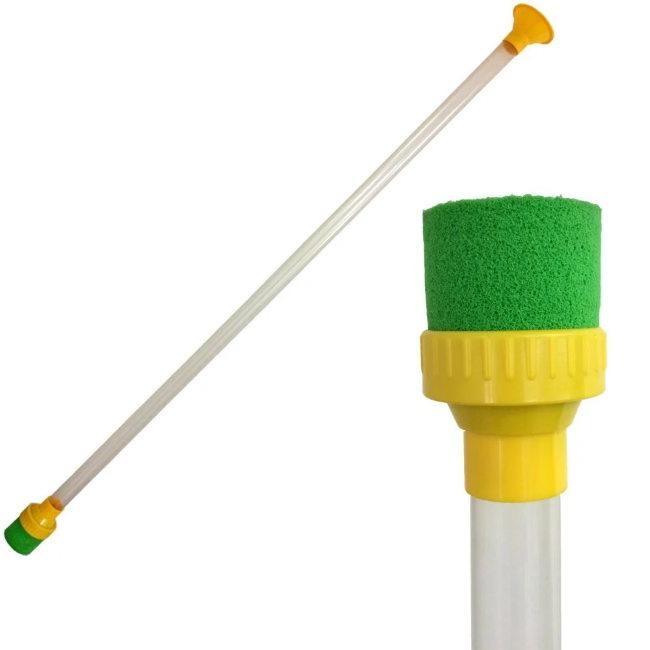Eco‑Friendly Spot Weed Treatment in Flower Borders: Tackling Ground Elder Safely

Keeping flower borders weed‑free without harming beneficial plants, pollinators or soil life is at the heart of GardenAdvice practice. We rarely reach for herbicides, but when deep‑rooted invaders such as ground elder (Aegopodium podagraria) take hold, a carefully targeted spot treatment can be the most eco‑friendly solution.
Why ground elder is a special case
Ground elder spreads underground through brittle rhizomes. Pulling or hoeing usually leaves fragments behind, which quickly re‑sprout. Repeated digging can disturb neighbouring perennials and bulbs, so a precision approach is often kinder to the border in the long run.
What we mean by “spot treatment”
Instead of blanket‑spraying, we apply a small droplet of systemic weed killer directly onto the weed’s foliage, avoiding contact with surrounding ornamentals. This minimises chemical use, reduces run‑off and leaves the rest of the bed untouched.
Tools we recommend
- Hozelock Wonder Weeder – a lightweight lance with a built‑in 300 ml reservoir and push‑button trigger. The narrow shield at the nozzle allows you to ‘cup’ individual leaves and deliver a fine mist exactly where it’s needed.
- ProGreen Weed Stick – a dabber stick that applies gel formulation glyphosate (or organic pelargonic acid gels) as a bead on the leaf surface. Perfect for weeds growing right up against precious plants.
Both tools let you work from a standing position, saving your knees and keeping your hands clean.
Choosing the right product
Select a glyphosate‑based gel or a certified organic pelargonic‑acid gel, depending on your sustainability policy. Either is absorbed by the leaf and translocated to the roots, killing the whole plant with one or two applications.
Step‑by‑step method
- Wait until the weed has plenty of leaf surface (late spring or early summer).
- On a dry, still day, fill your applicator according to the manufacturer’s instructions.
- Isolate the ground elder leaf with one hand (wear gloves) and apply a light coating with the Wonder Weeder or dab once with the Weed Stick.
- Mark treated clumps with a small cane so you can monitor progress.
- Leave foliage in place for at least 7–10 days; the chemical needs active sap flow to reach the roots.
- After die‑back, lift the dead crowns and as many rhizomes as possible. Dispose of them in household waste, not compost.
After‑care and prevention
- Mulch borders annually with composted bark to suppress new seedlings.
- Plant ground‑covering perennials such as geraniums or hardy ferns to shade bare soil.
- Inspect borders monthly and treat any re‑growth while it is still small.
Environmental considerations
Because the treatment is confined to the target weed, there is minimal impact on soil organisms, bees or nearby plants. One 300 ml fill of the Wonder Weeder can treat up to 60 individual weeds – far less active ingredient than a blanket spray.
Spot treatment is a pragmatic middle ground between hand weeding and heavy herbicide use. With the right applicator and a steady hand you can eliminate stubborn ground elder while keeping your flower borders healthy, vibrant and wildlife‑friendly.




















